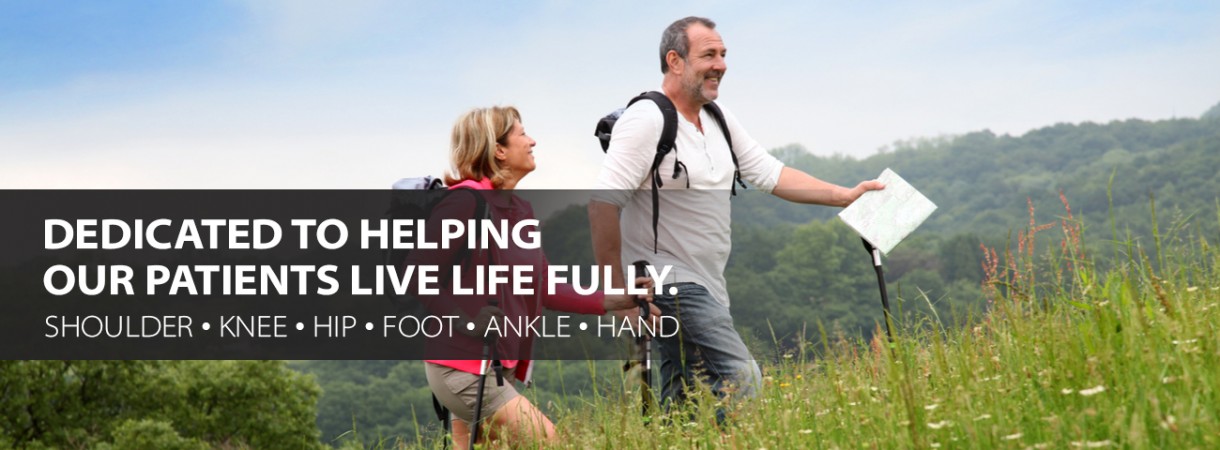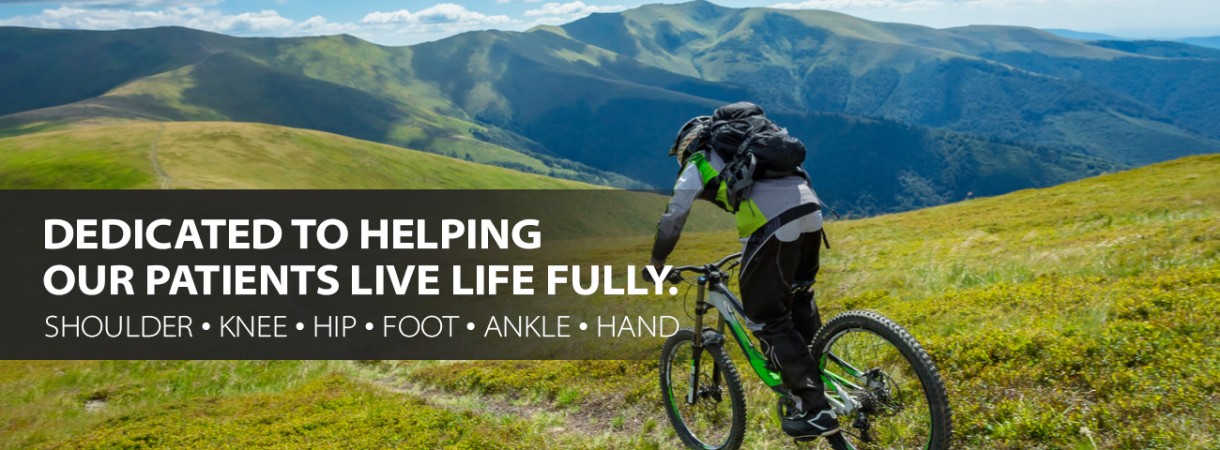It’s safe to say that any endurance sport that evaluates an athlete’s stamina, speed, and reaction time, seconds make a difference. And in some cases, fractions of a second can make the final say between first place and second place. If you’re an avid runner or if you can’t seem to ever make your way out of the pool, then you know exactly what we’re talking about.
Runners and swimmers alike are constantly working on perfecting their trial times – whether it’s a mile lap, a sprint, a series of laps in the pool, or a single long-swim – every single second counts. Moreover, as an athlete, you’ll want to learn just how you can improve your trial time – right? Take a look down below, because we’re about to show you just how high altitude training can impact your performance on the track or in the pool.
What Exactly Is Altitude Training?
Before we begin to talk about the benefits of altitude training, we should first take a look at what altitude training actually is. In sports medicine and orthopedics, altitude training refers to any type of training that takes place at least 7,000 – 8,000 feet above sea level or higher.
So, essentially, if you’ve been training close, near, or at the elevation of sea-level on the east or west coast, you’re not altitude training. If you’ve been training in the High Peaks region of the Adirondacks, or near the summit of Mt. Rainier, you would be engaging in high altitude training – just as long as your altitude is at least 7,000 feet above see level.
How Does It Work?
Quite simply, there is always less oxygen available at higher altitudes, which means that if you’re training at a high altitude, there is less oxygen available for your body to refuel itself during a workout. With each and every breath, there is less oxygen making its way to your muscles, ultimately leaving you’re a bit more tired – at first!
However, over time, once you acclimate yourself to a higher altitude, your body will actually work to naturally produce more red blood cells to ensure that it has the right resources required to provide sufficient oxygen to all of your major systems and muscles all throughout your body.
Now, when you return to compete at a lower altitude, your body should be strategically positioned to deliver more oxygen throughout your major systems faster and more efficiently than ever before, because you have a much larger army of red blood cells. When comparing this to an athlete who only trains at low altitude, you instantly put yourself at a tremendous strategic advantage, because your body would be better equipped to refuel and reenergize itself throughout a competition.
So, What Do You Think?
Now that you know the ins and outs of high altitude training, including how it works and how it can potentially benefit you as an athlete, what do you think? Are you willing to change your entire training strategy to give yourself a strategic advantage once it’s time for a competition? Let us know in the comments, we’d love to hear your thoughts.







Leave a Reply